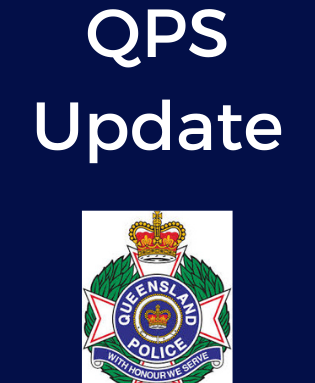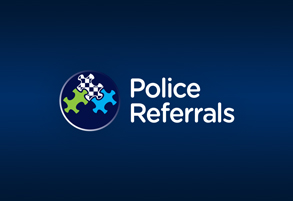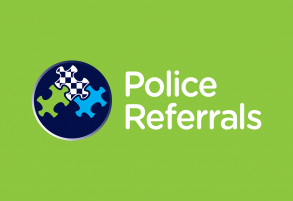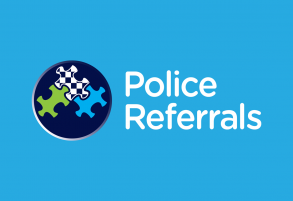QPS Corner

What a year it’s been already, and there are no signs of slowing down. I know you are all having a busy year as well and I want to thank each one of you for your continued work to support at risk and vulnerable people who have come into contact with the QPS this year. Amongst the business, the team never loses sight of the potential impacts of a Police Referral for a person and this keeps us striving to continuing enhancing Police Referrals.
It’s been a while since I last wrote a bulletin piece, and now that our team has expanded from 2 to 4 people, I have a little more time. However, change is always around the corner, and we are about to lose our Administration Officer that has been with us for 3 years. It will be a great loss to our team as she has stood strong with me, whilst we kept the team together when we were unable to fill positions. I am so grateful for her support. As our small team adjusts again, we will remain steadfast in our commitment to make Police Referrals as good as it can be by gathering and listening to your feedback.
I wanted to address recent feedback in relation to unclear escalation pathways. If you require more information about a Police Referral, please email the referring officer. If you have not heard back from the referring officer, please contact your local District Police Referral Coordinator and/or Referral Management Coordination Service.
We have also been receiving increasing requests for child harm referral information. The Police Referrals team are not authorised under the Child Protection Act 1999 (CPA) to provide these details to service providers, nor can this information be included in a Police Referral as it would breach the CPA for an officer who is not a delegated officer under the CPA to share information.
If you would like to know whether a child harm notification has been completed by QPS:
- Submit an official request for information under s.159N of the Child Protection Act 1999 to allow a delegated officer to assess the request and release information if appropriate;
- Ask the referred parent of the child; or
- Report concerns directly to child safety via your own channels (the more reports received, the better the evidence).








